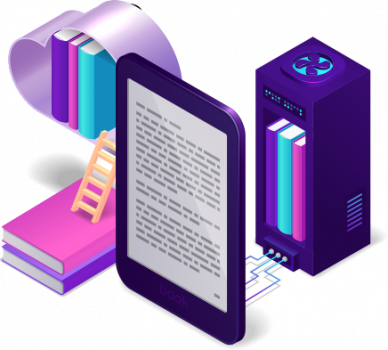Limburgish Dictionary
noun (countable) /ˈlɪmˌbɜː(r)ɡɪʃ ˈdɪkʃən(ə)ri/
a book, website or app with information about Limburgish words and their meanings, usages and pronunciation

Our old dictionaries are being updated. Please come back later!
D’n Dictionair is the largest and most advanced free dictionary of the Limburgish language. It is available online and as an app in the App Store and Google Play.
D’n Dictionair is bilingual with translations into English and Dutch. You can also search in these two languages by for example typing an English keyword in the English-Limburgish dictionary.
D’n Dictionair contains Limburgish words from Maastricht, Roermond, Sittard, Valkenburg and Venlo. Searching is possible on one dialect, several dialects or all dialects.
Limburgish keywords contain information such as pronunciation, inflected forms and examples. Examples can come from several dialects. The dialect is clearly mentioned with each example.
For Limburgish, the Spelling 2003 voor de Limburgse Dialecten is used, applied to a particular dialect. In Maastricht, for example, this is the official spelling, just as it is used by ‘Mestreechter Taol’.
How are the existing Limburgish Dictionaries made?
The existing Limburgish Dictionaries do not yet cover all spelling variation of all Limburgish dialects. Readers have selected words and quotes from Limburgish literature. These were entered in a database and then edited and translated. At the time it was not possible to indicate most of the spelling variation. This project was completed in 2016. The old Limburgish Dictionaries are no longer updated. The new Limburgish Dictionaries will be based on analyses with software of many different digital texts; they will be a much more precise tools to describe the Limburgish language and its dialects.
How are the new Limburgish Dictionaries made?
The new Limburgish Dictionaries will be based on a corpus or digital collection of Limburgish texts. Our Limburgish Corpus will contains as many texts as possible in all Limburgish dialects. These texts are analyzed using software. We research, amongst others, which words occur, with which spelling variation, how often (frequency), in which location (in which dialect) and in combination with which other words. This will allow us to describe the patterns of language usage throughout Limburgish and for each dialect separately. The information will then be displayed in a modern and user-friendly online dictionary, via an app and a website.
How will the new Limburgish Dictionaries work for all dialects?
A user should at least be able to search in the spelling of his or her dialect. For example, if someone searches for the word ‘sjtaon’ then that spelling should be offered as the main search result. Other spelling variation of ‘sjtaon’, such as stoan, stún, stoon, staon, staòn or sjtoa, will be available on a different web page. With the help of user research, we will also identify which additional information is useful to have available with the search result. Information that is not immediately needed is placed on individual web pages, accessible via a tab.
Michielsen-Tallman, Y., Lugli, L. & Schuler, M. (2017). A Limburgish Corpus Dictionary: Digital solutions for the lexicography of a non-standardized regional language. In I. Kosem, C. Tiberius, M. Jakubíček, J. Kallas, S. Krek and V. Baisa (eds.): Electronic lexicography in the 21st century: Proceedings of eLex 2017 (pp. 355-376) Leiden, the Netherlands, 19-21 September 2017. (English)
Michielsen-Tallman, Y. (2017). De Limburgse Corpus Dictionair. Eine nuien digitaolen dictionair veur alle dialekte vaan ‘t Limburgs. In Veldeke Jaorbook, 131-142. (Limbörgs)



